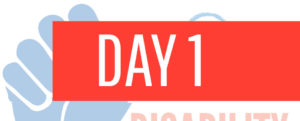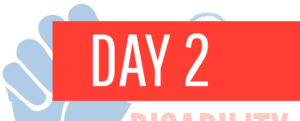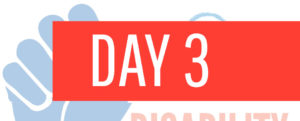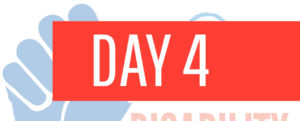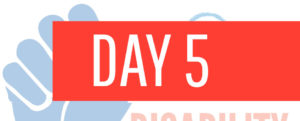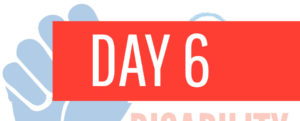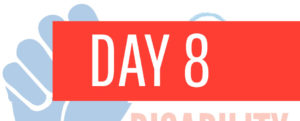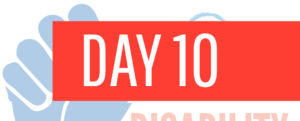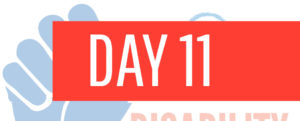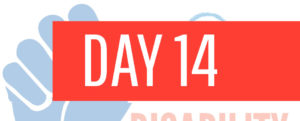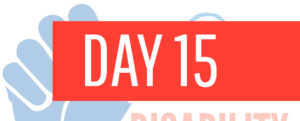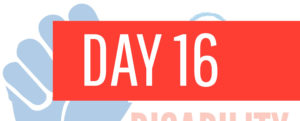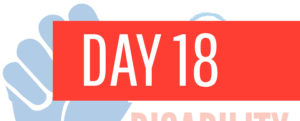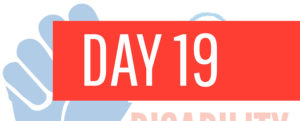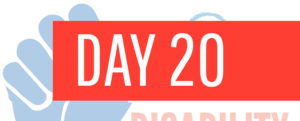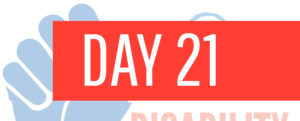Day 17: Housing Inequality
Housing insecurity is an issue that disproportionately impacts people from various marginalized groups, of which disability is one. One cannot discuss homelessness and housing insecurity without bringing disability into the conversation. It is estimated that 25% of people who are homeless are people with disabilities. Although there are laws in place to protect the rights of people with disabilities, discriminatory policies and housing practices still exist.
An example of a discriminatory housing practice is when property owners and property management companies require that applicants earn three times the monthly rent in order to be considered for housing. As a result of living on a fixed income, many people with disabilities don’t make enough to pay market rent rates and are left looking for affordable, and in some cases, accessible housing without success. Often the applicants are put on waiting lists that range from six months to a year and a half.
When you add the need for accessibility to the equation, finding affordable housing is considerably more challenging. A recent report found that only six percent of homes nationwide are accessible while more than 15 percent of households include someone with a physical disability.
Many shelters across the country are not accessible. This leaves people with disabilities with unstable and unsafe housing options. The lack of accessible and truly affordable housing around the country, coupled with attitudinal barriers, directly impacts people with disabilities. To address this situation people in positions of power need to adopt policies that prohibit discriminatory renting practices and be prepared to enforce these policies.
Everyone, including people with disabilities, should have access to a safe place called home.

Read
- Accessible Housing Should Be Affordable, Too
https://inequality.org/great-divide/accessible-affordable-housing/ - Housing: A “Crisis” For People With Disabilities
https://www.disabilityscoop.com/2017/12/15/report-housing-crisis-disabilities/24534/ - Most Americans with Disabilities Struggle to Find Accessible Homes
https://www.ozy.com/news-and-politics/most-americans-with-disabilities-struggle-to-find-accessible-homes/307859/

Watch
- Disabled Harrisburg Homeless Woman Shares How Social Services Is Broken (11:31)
https://www.youtube.com/watch?v=_2VdP6r6RjM - ERC: Housing Discrimination in Greater Washington, D.C. (3:05)
https://www.youtube.com/watch?v=5-cRIU1kxwI&ab_channel=EqualRightsCenter
Discussion
- What are some ways that housing insecurity among people with disabilities can be addressed locally?
- How does considering the issue of homelessness and disability make you feel?

